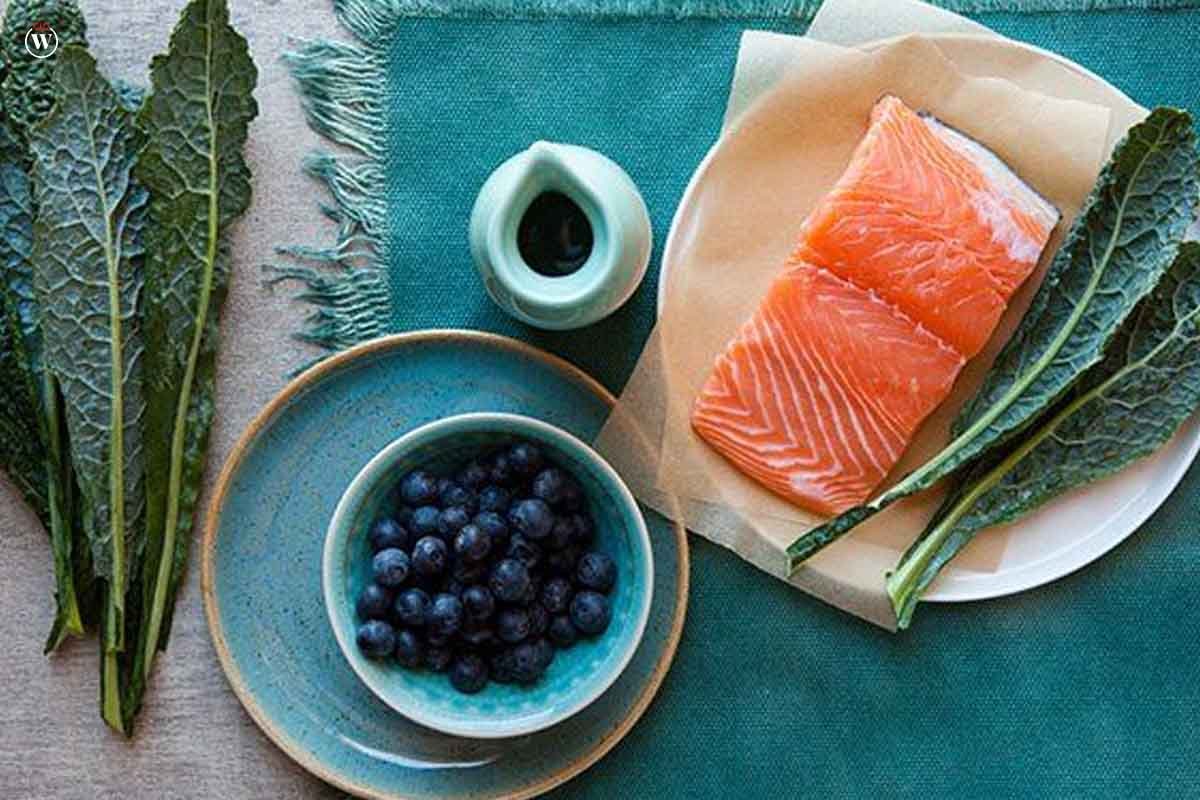It has been suggested that the Mediterranean diet is the healthiest option available. It’s not so much a diet as a style of eating that centers on the pleasure of consuming healthy, whole foods and the benefits of regular exercise. Whether you’re looking to make some little adjustments to your diet or make sweeping lifestyle changes, we’ve laid down the steps you need to take to adopt the Beginner’s Guide to the Mediterranean Diet.
Here are 11 Points in A Beginner’s Guide to the Mediterranean Diet;
1. The Mediterranean Diet: What Is It?
The historic cuisine of the nations bordering the Mediterranean Sea provides the basis for what is now known as the Beginner’s Guide to the Mediterranean Diet. However, the diet is gaining popularity outside of Mediterranean countries like Italy, Spain, and France because, of the wide variety of health advantages, it offers.
There are no hard and fast rules to follow while following the Mediterranean diet. Instead, it’s a diet that centers on fresh produce, healthy grains, beans, and olive oil. Instead of beef, pig, or chicken, fish is the primary source of protein. In moderation, of course, red wine is OK. Milk and other dairy products that have been fermented are eaten daily, though limited,. Red meat and processed meals are seldom eaten, although eggs and chicken are eaten sometimes.

Decreased cholesterol, lower risk of cardiovascular disease and stroke, lower risk of Parkinson’s and Alzheimer’s disease, and extended life span are all benefits linked with eating a Beginner’s Guide to the Mediterranean Diet. New evidence suggests it may also help people with or prevent the onset of depression, anxiety, type 2 diabetes, and even certain malignancies.
2. Guidelines for Implementing the Mediterranean Diet
The goal here is to adopt the same kind of balanced diet that has been synonymous with individuals from the Mediterranean region. Oldways’ Beginner’s Guide to the Mediterranean Diet Pyramid and the United States Department of Agriculture’s (USDA) MyPlate both provide guidelines on what to eat at each meal.
Don’t forget this easy fraction rule: Serve yourself a quarter of complete grains, a quarter of healthy protein, and half a plate of fruits and vegetables. More suggestions about what to put in those empty spaces.
3. Pay attention to entire foods
The Beginner’s Guide to the Mediterranean Diet has never included processed goods. Read the label if it arrives in a package to see what’s in it. Pick items like bulgur or oats that just have two or three simple, whole-food components. Fruits, veggies, whole grains, nuts, legumes, seafood, and olive oil are all examples of entire foods.
4. Focus your diet mostly on veggies.
It’s recommended that you base the majority of your diet on fruits and vegetables. While the Beginner’s Guide to the Mediterranean Diet recommends 7-10 servings of fruits and vegetables daily, studies have shown that eating as little as 3-5 servings may positively affect heart health. Add spinach to your eggs, pile avocado and cucumber on your sandwich, and replace crackers with an apple and nut butter for a snack to increase your daily vegetable intake.
- Beginner’s Guide to the Mediterranean Diet
- Mediterranean Diet
- United States Department of Agriculture’s (USDA)
5. Replace beef with salmon.
The Beginner’s Guide to the Mediterranean Diet relies heavily on fatty fish like salmon, mackerel, tuna, and herring for its protein needs. High concentrations of omega-3 fatty acids found in these fish have been shown to have anti-inflammatory and cholesterol-lowering effects. While not as rich in omega-3s as oily fish, white fish, and shellfish are still excellent lean protein options. Fewer people are eating red and processed meats. It’s OK to eat poultry, eggs, cheese, and yogurt once or twice a week, but only in little amounts.
6. Substitute olive oil for butter while cooking.
The Mediterranean diet relies mostly on olive oil as its primary source of fat. The composition of the fat is more significant than its total amount. Consuming more polyunsaturated and monounsaturated fats and less saturated and trans fats is a key component of the Beginner’s Guide to the Mediterranean Diet, which has been shown to improve cardiovascular health.

Trans and saturated fats are known to increase levels of LDL (“bad”) cholesterol. If you want to decrease your cholesterol and enhance your heart health, try substituting heart-healthy fats like olive oil for butter.
7. You may want to reconsider your dairy consumption.
Cheese is a staple in the American diet, and Americans love to put it on just about everything. Eat a variety of tasty cheeses in moderation instead of piling them on everything. Go for feta or Parmesan (a little of it goes a long way) and avoid synthetic cheeses like American. Yogurt is delicious, but if you’re going to eat any, make it plain, fermented, and Greek. Don’t eat flavored yogurts that are loaded with sugar; it’s bad for your health.
8. Swap out processed cereal with healthy grains
You should eat more whole grains like bulgur, barley, and farro instead of white rice and pasta. The health advantages of the Mediterranean diet’s staple food, whole grains, are many and varied, including but not limited to reduced cholesterol levels, stable blood sugar levels, and reduced body fat. B vitamins and fiber are found in abundance in whole grains. Similar to the Beginner’s Guide to the Mediterranean Diet, which includes beans and legumes for their health advantages, this eating style is also typical in South and Central America.
9. Graze on some nuts.
Don’t worry about the fat content of nuts. Nuts, much like olive oil and avocados, contain enough of the “good” polyunsaturated and monounsaturated fats. They’re a great source of protein and fiber. A diet balanced in fat, protein, and fiber can help you feel full longer, maintain steady blood sugar and insulin levels, and reduce cholesterol and inflammation. Between meals, snack on a quarter cup of almonds. All nuts are good for you, but walnuts are especially rich in omega-3s. If you need something to fill you up a little more, try eating them with some fruit or vegetables.
10. Do without the sugar (most of the time)
All those processed foods you love so much—cookies, crackers, refined flours, and sugars—are not part of the Beginner’s Guide to the Mediterranean Diet and should be taken in moderation. Never eat ice cream and cookies unless it’s a special occasion. People in the Mediterranean area like sweets like gelato and baklava, but they don’t go overboard with them. In the absence of processed sugar, they snack on fresh fruit like dates and figs.
11. Consume red wine in moderation.

Approximately 5 ounces per day for women and 10 ounces per day for males. There is no need for you to start drinking if you do not already.









